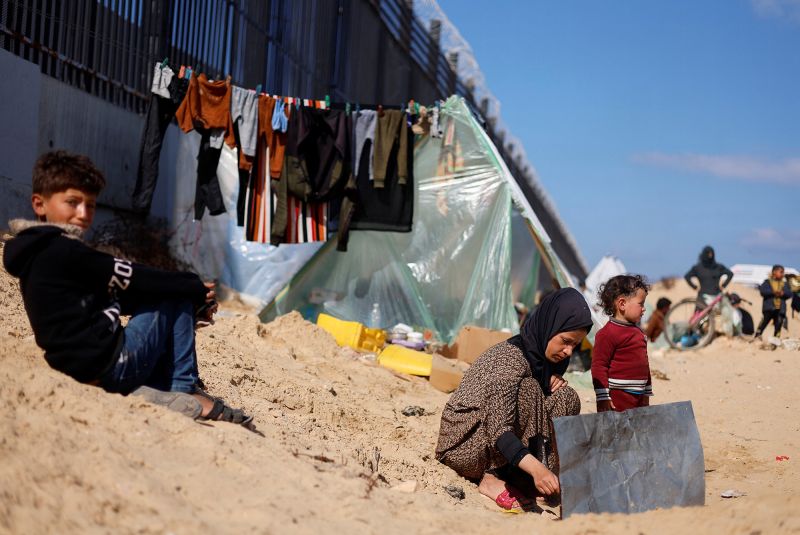As the relentless strife between Israel and Palestine grows increasingly volatile and unremitting, the Israeli military has unveiled a plan to evacuate the civilian population of Gaza from the fighting areas. In this article, we outline the broad strokes of this plan, as well as examine its implications for both nations and their populace.
The unprecedented plan, attributed to the Israeli Defense Forces (IDF), is aimed at minimizing the civilian casualties by moving inhabitants of Gaza Strip out of the fighting zones into safer territories. As part of its initiative to focus more on the humanitarian angle of the conflict, this proactive approach by the IDF aims to ensure that non-combatants in the problematic zone can continue to live out their lives untarnished by the constant threat of conflict.
At the heart of the plan lies the significant task of identifying and designating evacuation zones that would act as safe spaces for Gaza’s populace. The mapping process involves determining areas less likely to bear the brunt of military operations and making logistical arrangements for transporting the civilians. Undoubtedly, this is a venture fraught with complexities, requiring tremendous coordination with various agencies and the local populace.
Highly sensitive matters like these certainly encompass concerns such as maintaining the security of the displaced individuals, providing food, accommodation, and other basic necessities. Additionally, they must address the potential psychological trauma arising from large-scale displacement and potential family separations. In engaging with these tasks, the undertaking hopes to convey an image of a humane military approach in dealing with the Israeli-Palestinian conflict.
Although optimism surrounds the project’s intent, critics argue that the plan will face numerous challenges. Quite apart from the logistical issues, there’s the matter of acceptance from the Palestinian authorities and Gaza’s citizens themselves. Some critics question whether the evacuation plan is a practical solution to Gaza’s humanitarian crisis or merely a tactic that enables Israel to carry out its military operations without international condemnation.
Moreover, the successful implementation of the plan also heavily relies on the cooperation and understanding of the international community, particularly organizations dedicated to peacekeeping and humanitarian aid. Getting them on board, will require a great deal of diplomatic effort and conciliatory engagements from the Israeli leadership.
The plan’s direct impact could result in reducing the civilian casualties and suffering resulting from the on-going conflict. However, the longer-term consequences, such as the social, emotional and economic effects on the displaced population, remain to be seen.
In essence, the Israeli military’s plan of evacuation serves as a clear substantiation of how deeply embedded the Gaza conflict has become within the social and political fabric of Israeli and Palestinian societies. This initiative, whether motivated by genuine humanitarian concern or strategic military calculation, will undoubtedly leave a lasting impact on the face of the Israeli-Palestinian conflict. Only time will tell whether these efforts will mitigate the intensity of the conflict, or if they will serve to further entrench the divisions between the two nations.




